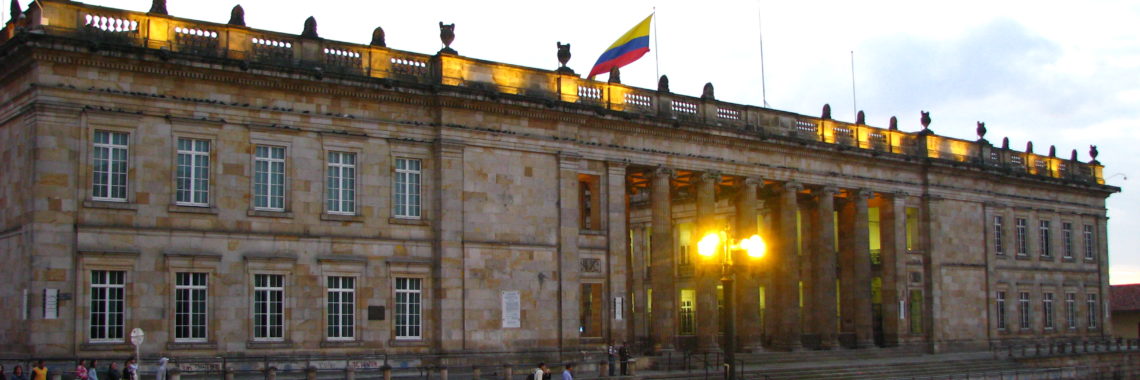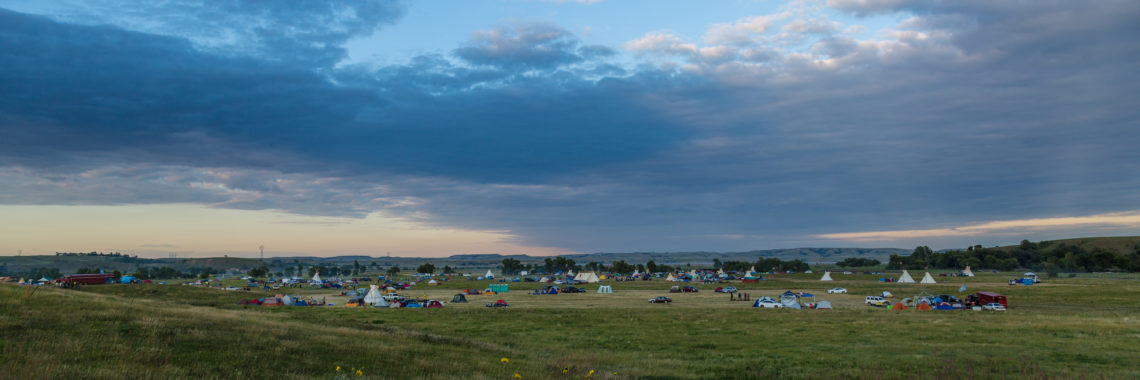“Order, Economy, and Legality: Johnson v. M’Intosh after Two Hundred Years” by Andrew Little
Indian Creek in Bears Ears National Monument by US Bureau of Land Management. This article is part of our “200 Years of Johnson v. M’Intosh: Law, Religion, and Native American Lands” series. If you’d like to check out other articles in this series, click here. Mother Earth is the wellspring of indigenous culture, religion, and economic life.It forms…






